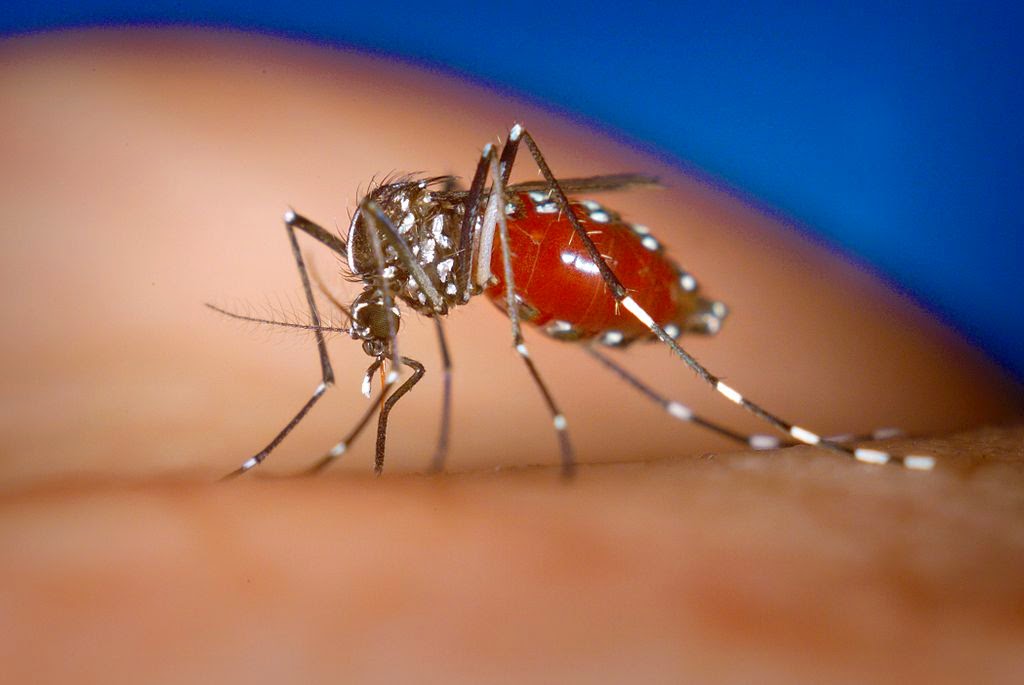Chikungunya fever, like dengue, tortures sufferers with severe pain
especially in the joints. Spread by the same mosquitoes that transmit dengue,
it is common in Africa and Asia, but is now extending its presence alarmingly.
First detected in the Caribbean in December on St Martin, it has now
spread to 15 other countries there. More than 4,500 cases have been confirmed,
though health officials admit there may be thousands more. Haiti has more than
1,500 cases.
The disease probably crossed the ocean in the blood of an infected
traveller. It has also reached French Guiana and Florida. Chikungunya is less
lethal than dengue, but there are fears that it could leave victims with
long-lasting arthritic pain in the joints.
Local people are being urged to get rid of puddles or containers holding water where mosquitoes thrive, while travellers are being told to wear
long trousers, long-sleeved shirts and socks, and to use insect repellent.




